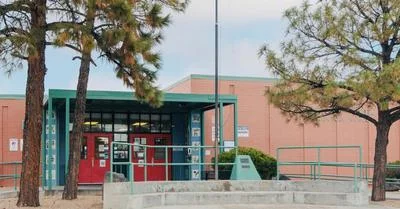Los Alamos National Laboratory has announced new research suggesting that fission may contribute to the formation of heavy elements in the cosmos. Scientists, after analyzing data on various elements present in ancient stars, have identified a potential fission signature. This suggests that nature could generate superheavy nuclei.
The study predicts the distribution of fission fragments for r-process nuclei. Collaborative work led by Nicole Vassh at TRIUMF anticipates the co-production of light precision metals and rare earth nuclei. The accuracy of these models, when compared to measured data, supports their use in situations where direct measurements are not available. This underscores the role of short-lived and long-lived nuclear inputs in understanding heavy element formation, according to a press release by Los Alamos National Laboratory.
"This is incredibly profound and is the first evidence of fission operating in the cosmos, confirming a theory we proposed several years ago," said Matthew Mumpower, a theoretical physicist at Los Alamos National Laboratory and co-author of a paper in Science presenting the research. "As we've acquired more observations, the cosmos is saying hey, there's a signature here, and it can only come from fission."
Los Alamos National Laboratory was established in 1943 as part of the Manhattan Project. Located approximately 35 miles northwest of Santa Fe, it operates as a multi-program research center focusing on nuclear weapons design and production, addressing nuclear threats, and conducting national security science, technology, and engineering activities.
"At Los Alamos, we developed nuclear fission models because we can't measure everything that's relevant for weapons research as part of the Laboratory's mission," Mumpower said. These models enable physicists to interpret experiments and fill gaps when measurements are lacking. Since halting testing of nuclear weapons in 1992, experimental data on fission has been limited within the United States.









